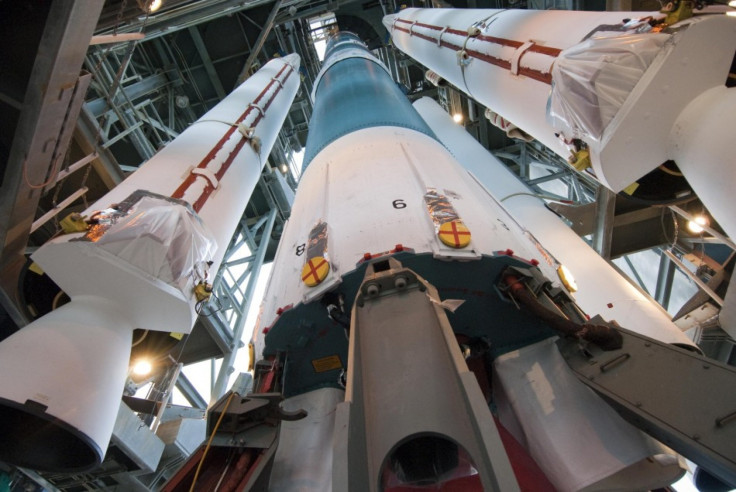NASA’s GRAIL to Solve Mysteries of the Moon

Even though countless satellites, spacecrafts and even 12 American astronauts have explored its surface, there is a lot of Moon left for NASA to discover.
That's why the space agency is set to launch twin Gravity Recovery and Interior Laboratory (GRAIL) spacecrafts into space and towards the moon this week on Sept. 8. The GRAIL spacecrafts, named GRAIL-A and GRAIL-B, will orbit above the moon's surface on a mission to map its gravity. This could lead to many moon related questions being answered.
Trying to understand how the moon formed, and how it evolved over its history, is one of the things we're trying to address with the GRAIL mission. But also, (we're) trying to understand how the moon is an example of how terrestrial planets in general have formed, Maria Zuber, principal investigator for GRAIL from the Massachusetts Institute of Technology, said in a statement.
The GRAIL mission will not only reveal information about the moon's thermal history, but how the inner, rocky planets formed as well. Mostly, however, it will be about the moon. As Zuber says, it will explore the moon from crust to core.
The spacecrafts, attached to a Delta II Heavy rocket built by United Launch Alliance, will take three and a half months to reach the moon. NASA estimates they should reach the moon by New Year's Eve/New Year's Day. Once the GRAIL spacecrafts reach orbit, they will separate from the rocket one vehicle at a time.
We will definitely wait to celebrate until both spacecraft are safe and are on their translunar cruise to the moon, Bruce Reid, the GRAIL mission manager for NASA's Launch Services Program.
According to Reid, launching two spacecrafts increases the work for a single mission. Both spacecrafts, he said, have to go through environmental checks. Both spacecrafts, GRAIL-A and GRAIL-B, will have their own dedicated teams. Both spacecrafts will have to be individually powered up.
When the spacecrafts do reach the moon, they will both have to execute a 38-minute lunar orbit insertion burn, which have to be enough to slow the forward speed by 427 miles per hour. This slowdown period could take approximately five weeks as it approaches the moon's orbit.
The spacecrafts will be carrying a digital video imaging system called MoonKAM. This will offer middle-school students the chance to request photography of lunar targets for classroom study. This project is being headed by Sally Ride, the first woman in space.
Follow Gabriel Perna on Twitter at @GabrielSPerna
© Copyright IBTimes 2024. All rights reserved.











